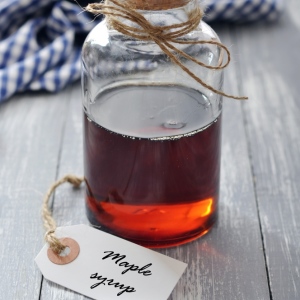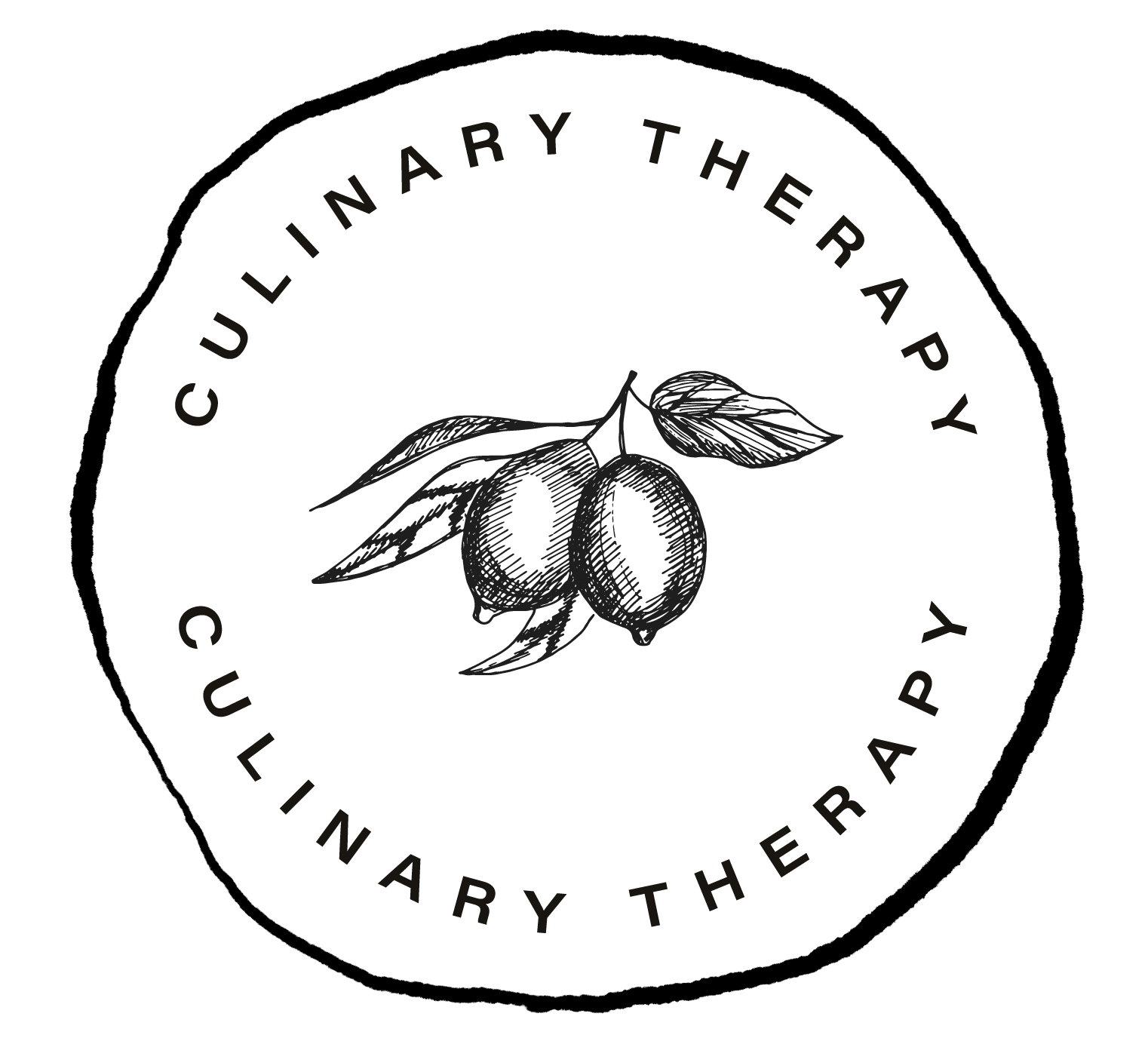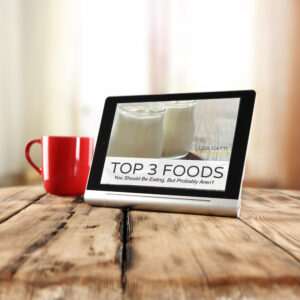When we lived in CT, my daughters attended a montessori preschool. Behind the school was a large, beautiful maple tree that the children tapped each year for its sap.
On a much-anticipated morning, they then boiled the sap in the school’s kitchen and enjoyed pancakes and freshly made syrup. The smell was incredible and the taste, as you can imagine, was delicious.
Since then, I’ve developed a love for nature’s simple sweetener. In addition to using syrup on pancakes, I use it in baking, on breakfast oatmeal, in yogurt, mashed into sweet potatoes, spooned into smoothies and drizzled over warm pies. And when the girls were younger, they learned to eat their least favorite veggies with a maple syrup “dip” on the side.
One gallon of maple syrup requires 40 gallons of sap to produce. Because the effort and energy that goes into producing it is high, the price isn’t cheap.
As a result, the market for imitation syrup was born. Imitation syrup is the cheap alternative to true maple syrup. It graces your supermarket shelves indistinguishable from true maple syrup, yet contains no syrup!!
Thankfully, US law prohibits imitation syrups to use the words “maple syrup” in their labels. So, a quick read of the label on your maple syrup will tell you whether or not you’ve got the real thing.
On of the most popular imitation syrups on the market today is Mrs. Butterworth’s. Take a look at the ingredient list:
“high fructose corn syrup (an artificial sweetener), corn syrup, water, salt, cellulose gum, molasses, potassium sorbate (a preservative), sodium hexametaphosphate (never eat anything you can’t pronounce), citric acid, caramel color (chemical), natural and artificial flavors (both natural and artificial flavors are chemical ingredients)”
Contrary to imitation products, real maple syrup has only one ingredient: maple syrup. This is exactly what to look for when you’re out shopping. Maple syrup is an unprocessed sweetener loaded with minerals (zinc, manganese, potassium, magnesium, iron and calcium) to support your health.
To Upgrade Your Kitchen Pantry With Real Maple Syrup:
1. Read the ingredient list of your favorite syrup. If it doesn’t say the words “maple syrup” on the label, you have an imitation syrup.
2. If you’re using an imitation syrup, add maple syrup to this week’s shopping list. As you’re scanning the shelves, remember that true maple syrup has only one ingredient: maple syrup.
3. If you’re already using real maple syrup, upgrade from grade A to grade B. Grade B maple syrup is darker and denser because it contains more minerals.
Your Simple Action Plan:
Upgrade your kitchen pantry with grade B real maple syrup this week. Are you already using real maple syrup? Great! Try 1-2 NEW ways to incorporate it.




